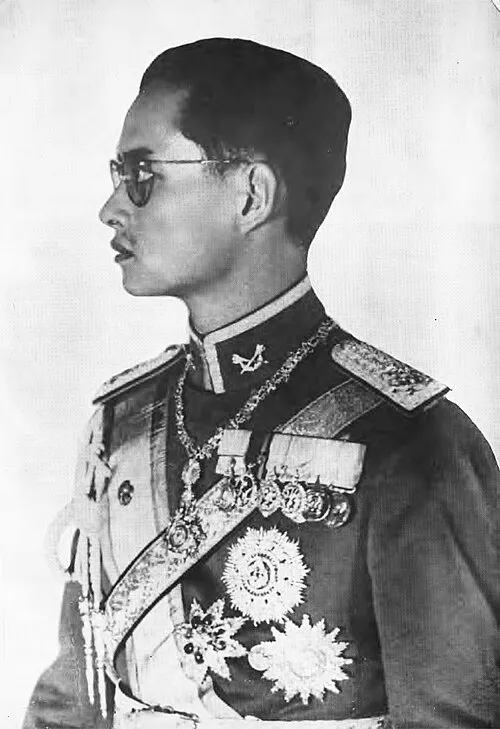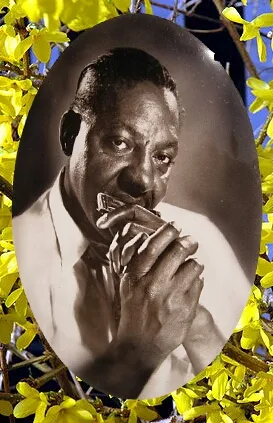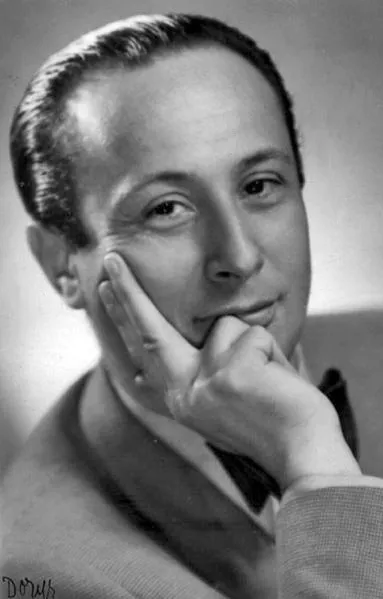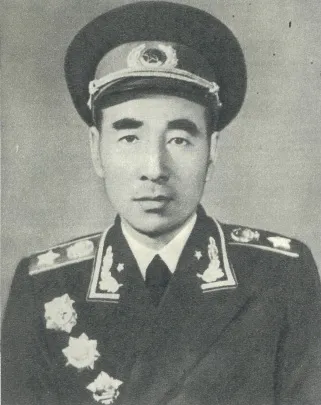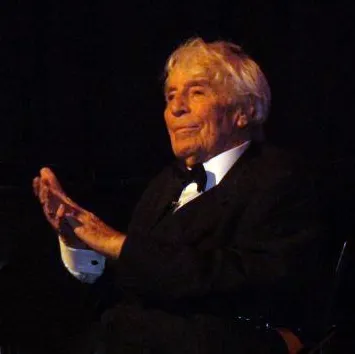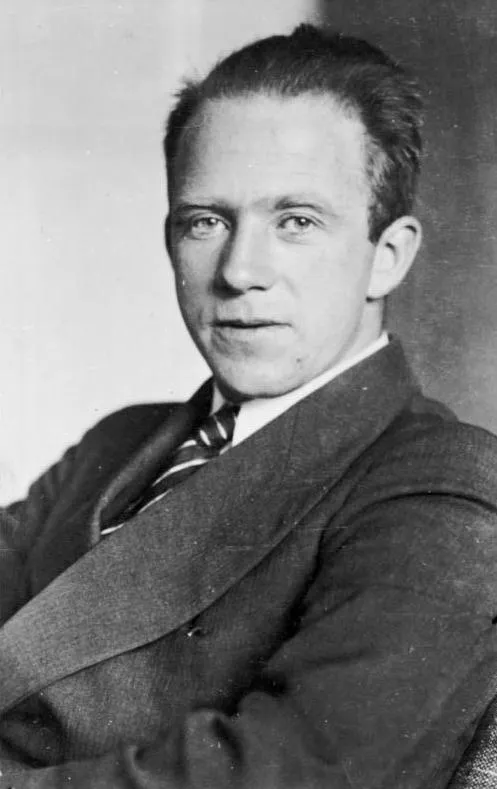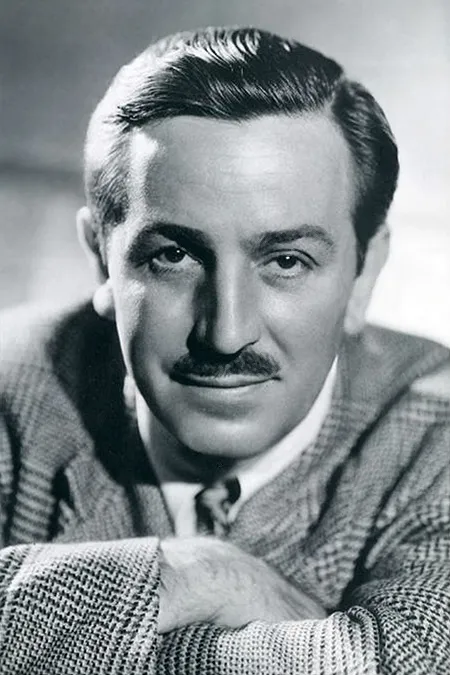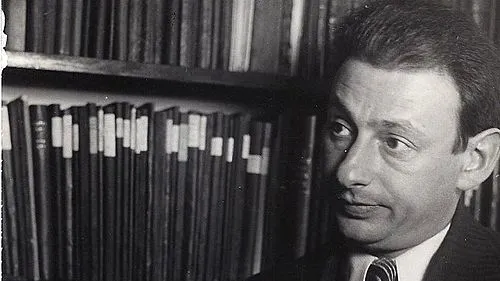
Birth Year: 1932
Nationality: American
Profession: Physicist and Academic
Notable Achievement: Nobel Prize Laureate
The Legacy of Sheldon Glashow: A Journey Through Physics and Beyond
Born in 1932, Sheldon Glashow emerged from the bustling streets of Boston, where he would eventually embark on a path that would intertwine with the fabric of modern physics. His childhood was marked by an insatiable curiosity an inclination towards the mysteries that lay beneath the surface of everyday life. As a young boy, he spent hours poring over science books and daydreaming about the universe's intricate dance.
However, it wasn’t just his affinity for science that defined his early years; it was also his environment. The post-World War II era sparked an intense interest in scientific pursuits among many youths across America. In this milieu, Glashow stood out not merely as a bright student but as a visionary who dared to question established norms.
After high school, he ventured into Harvard University. There, amid the hallowed halls filled with intellectual giants and groundbreaking ideas, he absorbed knowledge like a sponge. His professors recognized something special in him a unique blend of creativity and analytical prowess that suggested he was destined for greatness. Perhaps it was during those formative years at Harvard that Glashow first glimpsed the vast horizons of theoretical physics.
In those days, particle physics was on the cusp of transformation. The field was rife with emerging theories and discoveries some promising while others were contentious at best. It was amidst this chaos that Glashow made his mark; ironically, what started as mere academic exploration turned into a profound inquiry into nature’s most fundamental particles.
The Rise to Prominence
Completing his doctorate in 1959 under Julian Schwinger one of the architects behind quantum electrodynamics Glashow began to carve out his niche within theoretical physics. He proposed what many would come to know as “the electroweak theory.” This radical idea brought together two seemingly disparate forces: electromagnetism and weak nuclear force.This unification idea wasn’t just innovative; it sent ripples through scientific communities around the globe!
Despite facing skepticism from some quarters regarding this unconventional approach to particle interactions, Glashow pressed on with relentless determination... With every paper published and every lecture delivered, he solidified himself within circles already steeped in prestige.
A Collaboration That Changed Everything
Alongside fellow physicists Abdus Salam and Steven Weinberg a collaboration often referred to as one among equals they forged ahead against overwhelming odds! Together they formed an alliance built on mutual respect for each other’s intellects; thus their combined efforts birthed groundbreaking advancements! Their collaborative work culminated in establishing what we now refer to as "the standard model" a term familiar even outside scientific confines today.
The Nobel Prize Triumph
As fate would have it in October of 1979 the trio received word about their collective honor: Nobel Prize recognition awaited them! Yet even amidst celebration came reflections about how arduous journeys frequently accompany groundbreaking discoveries... Historians recount how their achievements provided vital frameworks for understanding particle behavior while simultaneously opening doors leading toward future exploration!
"This award is not merely personal," Glashow remarked during press conferences; "it signifies an acknowledgment towards collaborative effort."
Pushing Boundaries Beyond Academia
The accolades didn’t stop there! After earning tenure at Boston University and continuing contributions throughout various institutions across America Glashow dedicated himself not only toward teaching but also inspiring young minds eager to delve deeper into complexities surrounding our universe!
Despite busy schedules filled with research presentations worldwide , Sheldon tirelessly participated outreach initiatives designed engage broader audiences interested Science Communication . Maybe one reason behind such enthusiasm stems from recognizing gap between intricate theories versus public comprehension . Who knows ? Perhaps witnessing firsthand misunderstandings surrounding critical scientific principles motivated him inspire wider appreciation amongst younger generations !This dedication manifested beautifully when participating science festivals , engaging students through interactive demonstrations showcasing fundamental concepts relating particles waves & forces all elements shaping reality around us .
An Enduring Legacy
Diving deeper still reveals something else entirely : throughout these efforts bridging gaps led naturally unfolding discussions societal implications arising next generation innovations ! Some say humanity stands upon precipice revolutionary changes ; thus nurturing informed citizenry becomes paramount guiding progress onward successfully ! Perhaps looking back now as decades fly by we see undeniable truth echoed: pioneering breakthroughs depend collaboration sustained commitment enlightenment driven passion propel inquiry flourish beyond borders traditional silos !
An Irony Worth Noticing Today
Ironic indeed: On anniversary commemorating Nobel triumph memories resurfaced recalling pivotal moments reshaping dialogue exploring ethical concerns tied developing technologies birthed fledgling explorations realms quantum computing artificial intelligence which might redefine existence altogether moving forward past few decades shifting landscapes modern civilization respectively ...


